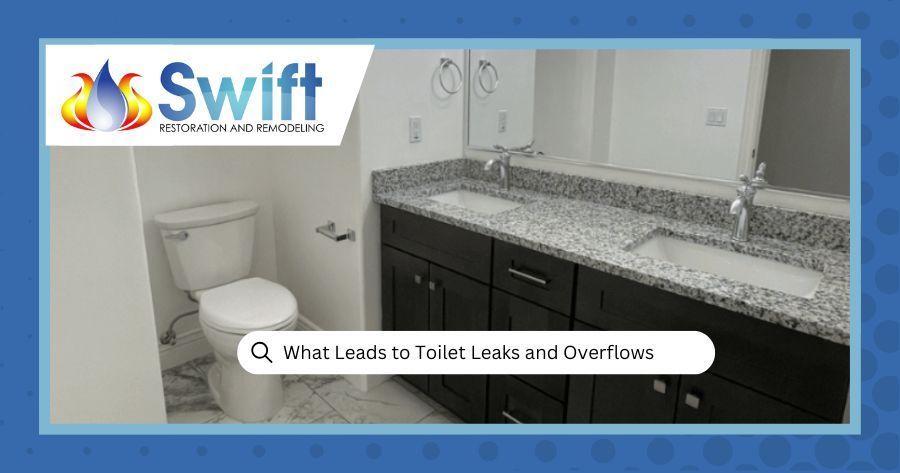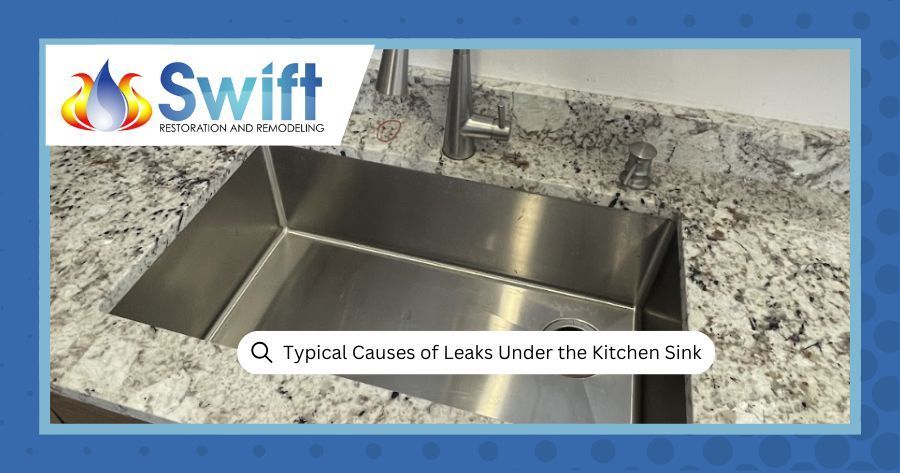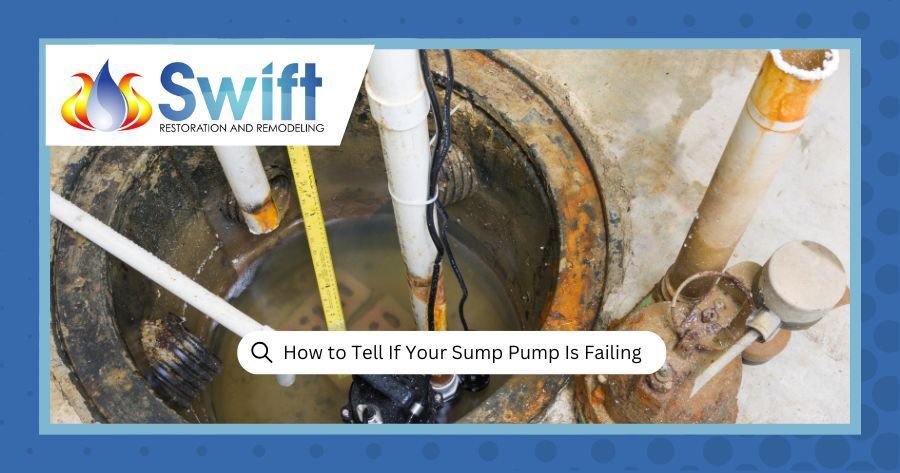
Author: Darin Jenks
Preventing a Flood
- If you protect your pipes from cold weather, you can prevent frozen pipes that will eventually burst and cause a flood.
- Check your gutters to make sure that there isn’t anything blocking the water from moving smoothly. Debris sometimes will block gutters.
- Test your sump pumps often, so that you know they are working properly and won’t fail.
- Make sure your sprinklers aren’t damaging the exterior walls and foundation of your home. Turning off your sprinkler system and draining the outside faucets before winter hits is a good idea. This will also protect you from having frozen pipes.
- The downspouts need to extend no less than six feet away from your property.
- Always check your basement drainage features and make sure they are clear, especially during and after a storm.
- Shut off water supply while you aren’t home, like washing machines and dishwashers.
- Inspect your showers and tubs.
Preventative measures can go a long way. If you suspect any type of water damage in your home from water damage, call Swift Restoration for a thorough inspection. A professional water damage restoration team will be able to help you locate and quickly restore any damage caused by misplaced water in your home.





